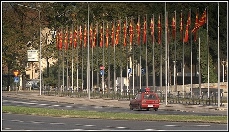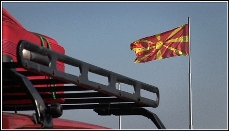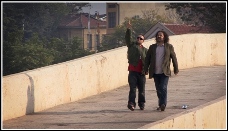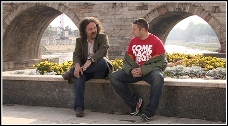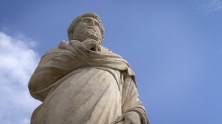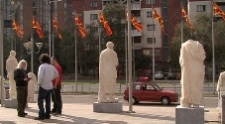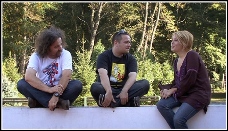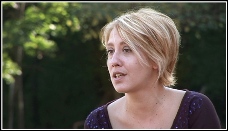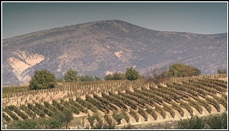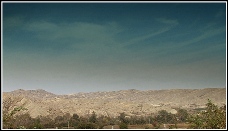Bringing Europe to Balkan TV screens
| |||
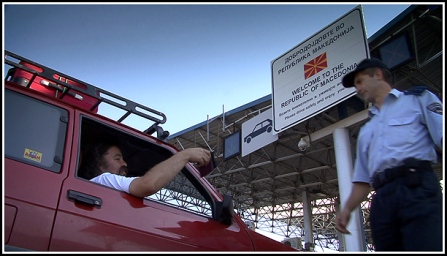 |
| As they cross the border, they examine the sign which says “Section 25” and ask the man in the tollbooth where is Section 1. He says it is on the Slovene border with Austria where they began their journey. As from now, the former Brotherhood and Unity motorway is called the “Alexander the Great” motorway until the Greek border. |
|
|
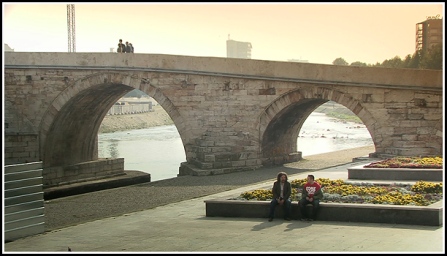 |
| The Stone Bridge (Macedonian: Камен мост) is a bridge across the Vardar River in Skopje. |
|
|
|
|
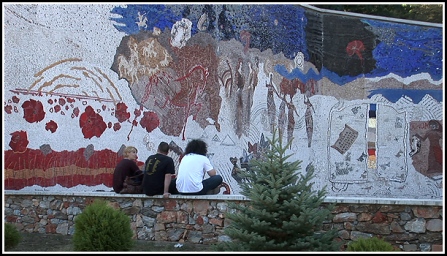 |
| Pelince (Macedonian: Пелинце) is a village in the Republic of Macedonia near Kumanovo and the border between the Republic of Macedonia and Serbia. The village became popular among the citizens of the Republic of Macedonia in 2004 when a new national commemorative of ASNOM was built in the village, where the annual celebration of the Macedonian statehood (The Second Ilinden of 1944) has taken place ever since. This decision was brought due to the countinious refusals by the Serbian Orthodox Church authorities to allow Macedonian delegations to visit and celebrate the holiday in the actual venue of ASNOM, the Prohor Pčinjski monastery which is on Serbian territory near the Macedonian border and near the village of Pelince. |
|
|
|
|
 |
| The Yugo crosses the border into Greece. Their journey has taken them from one corner of the EU to another. When will the countries they have passed come to terms with their past? |
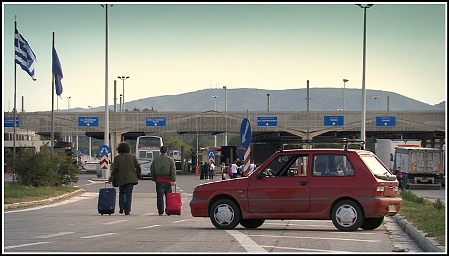 |
| European integration also involves the integration of memories and history... They decide to leave the Yugo behind and get moving. |
| ||
 Facebook
Facebook Twitter
Twitter

